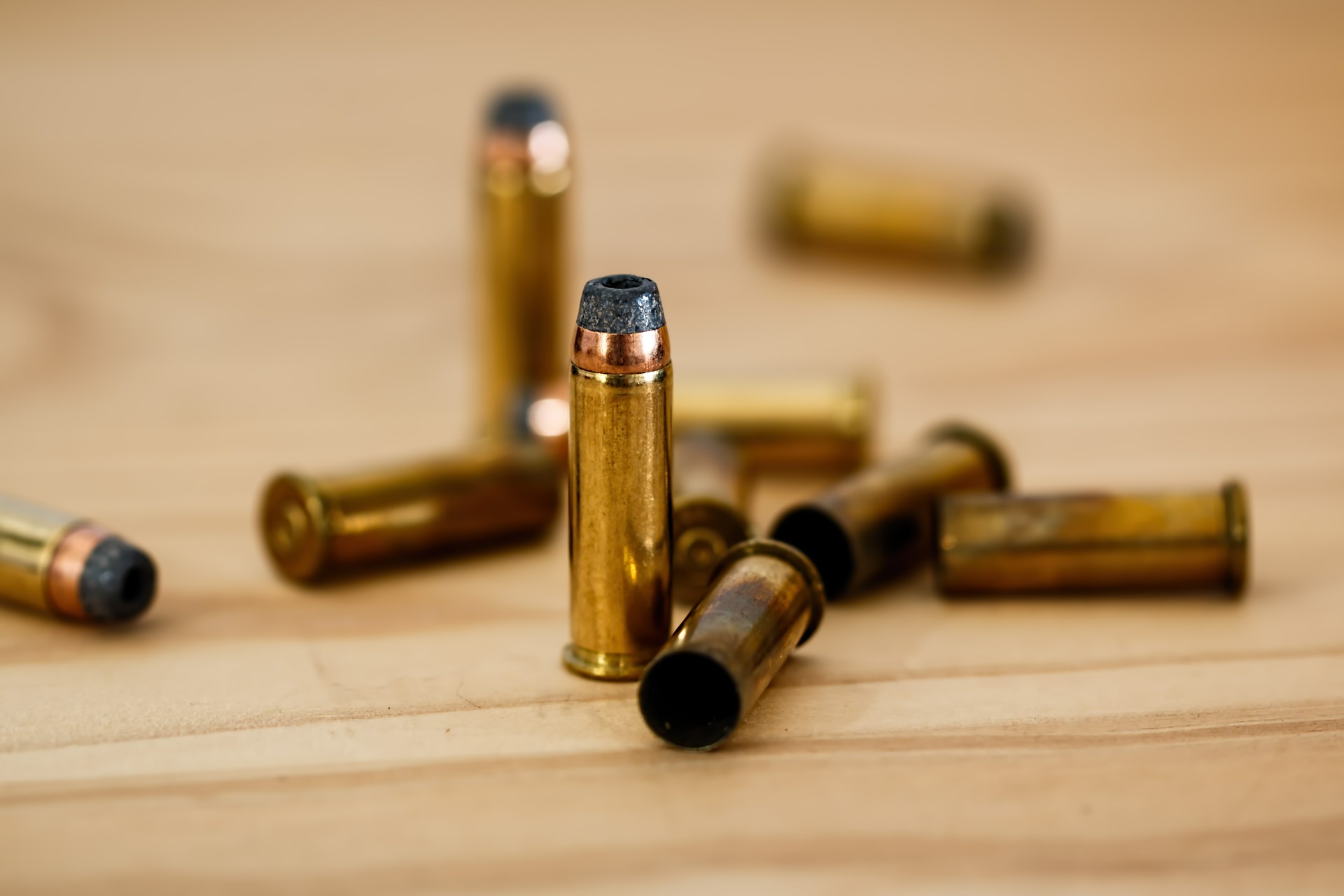Ammunition Function
This closely parallels interior ballistics but expands upon that by including the condition of the cartridge case in obturating the propellant gases. and clearing the firearm in ejection; and the condition of the projectile in terms of such things as structural integrity, and sabot petal discard.
LTC Alphin has done some very important work in this area. Among other things, this work focused on the differences in the A-131 and the A-129 call-out on 7.62x51mm NATO ammunition. Some ICB (Idiot Civilian Bureaucrat) decided that some money could be saved by thinning out the cartridge case wall on the ammunition because the M-60 machine had a “soft” cycling stroke. But the M-73 family of co-axial machine guns for the M-60 tank family had a more abrupt cycle and the ammunition failures damaged guns and made them useless. LTC Alphin created a work around that allowed the ammunition to be consumed in training. Ammunition function also addresses the cartridge in charging the magazine (in repeating firearms) and feeding from the magazine into the chamber.
LTC Alphin’s skills as an Ammunition Function Expert, coupled with skills as a Firearms Manufacture Expert, directly led to the exclusion of bogus firearms ammunition “evidence” and the resulting dismissal of all charges in the Holmes case. During his time running the testing at Jefferson Proving Ground, LTC Alphin’s ammunition function expertise led not only to improved data capture and increased through-put (a nine fold increase of volume) but also led to the solution of the 4.2 Inch Mortar crisis.
Ammunition Design
Ammunition design encompasses those features in design such that the round of ammunition fits and fires safely in the firearm. This includes accommodating the headspace datum, flash-hole size, web, chemical constituents and shape of the propellant, bullet retention and release, and other issues.
LTC Alphin’s work as an Ammunition Design Expert led to the new A-Square family of cartridges within SAAMI (Sporting Arms and Ammunition Manufacturer’s Institute). This family was copied by Remington, Winchester, Federal and Nosler in creating new cartridge designs with improved capabilities but which worked through existing firearm mechanism designs. This ammunition design was of great benefit to the shooting public.
Ammunition Manufacture
The ammunition manufacture discipline addresses how each cartridge case is manufactured, from its starting point as a coin, along with how the projectile is manufactured (which could start as a coin or a bar), how the primer is manufactured, and how the propellant is manufactured. For shotguns, ammunition manufacture would also deal with the shot pellets and the wads. Each of these includes a large number of steps, and different machinery, as the part wends its way through the process.
These separate parts are then assembled into a cartridge, which is its own manufacturing discipline. This includes the constant quality control testing and evaluation during ammunition manufacture and, upon completion, the testing for final approval to place the cartridges into the stream of commerce.
Of necessity, this includes the DOT (Department of Transportation) requirements for the movement of propellant and the NFPA (National Fire Protection Association) Code requirements for the storage and use of the propellant. Upon completion, this includes the packaging of the cartridges and the other issues for safe shipping of the ammunition by land (DOT), by sea (United States Coast Guard) and by air (International Air Transportation Association).
Metallurgy of Ammunition
Metallurgy of Ammunition encompasses the exact alloys of brass, lead, and other materials which are used in ammunition and how each one is selected to give the correct properties necessary for a round of ammunition. This includes gradient of anneal and other issues which lead to a final end-use item that functions correctly.
LTC Alphin’s skill as a Metallurgy of Ammunition Expert led to successful outcomes in many civil cases. For example, there was one case in California (1) where in the shooter lost his eye and sued. The Plaintiff “expert” had a fantastical computer “simulation” which theorized a case rupture, which allowed a cartridge case fragment to exit the weapon and strike the shooter’s eye. LTC Alphin’s deposition destroyed this contention and the Plaintiff settled for some medical insurance deductibles.


